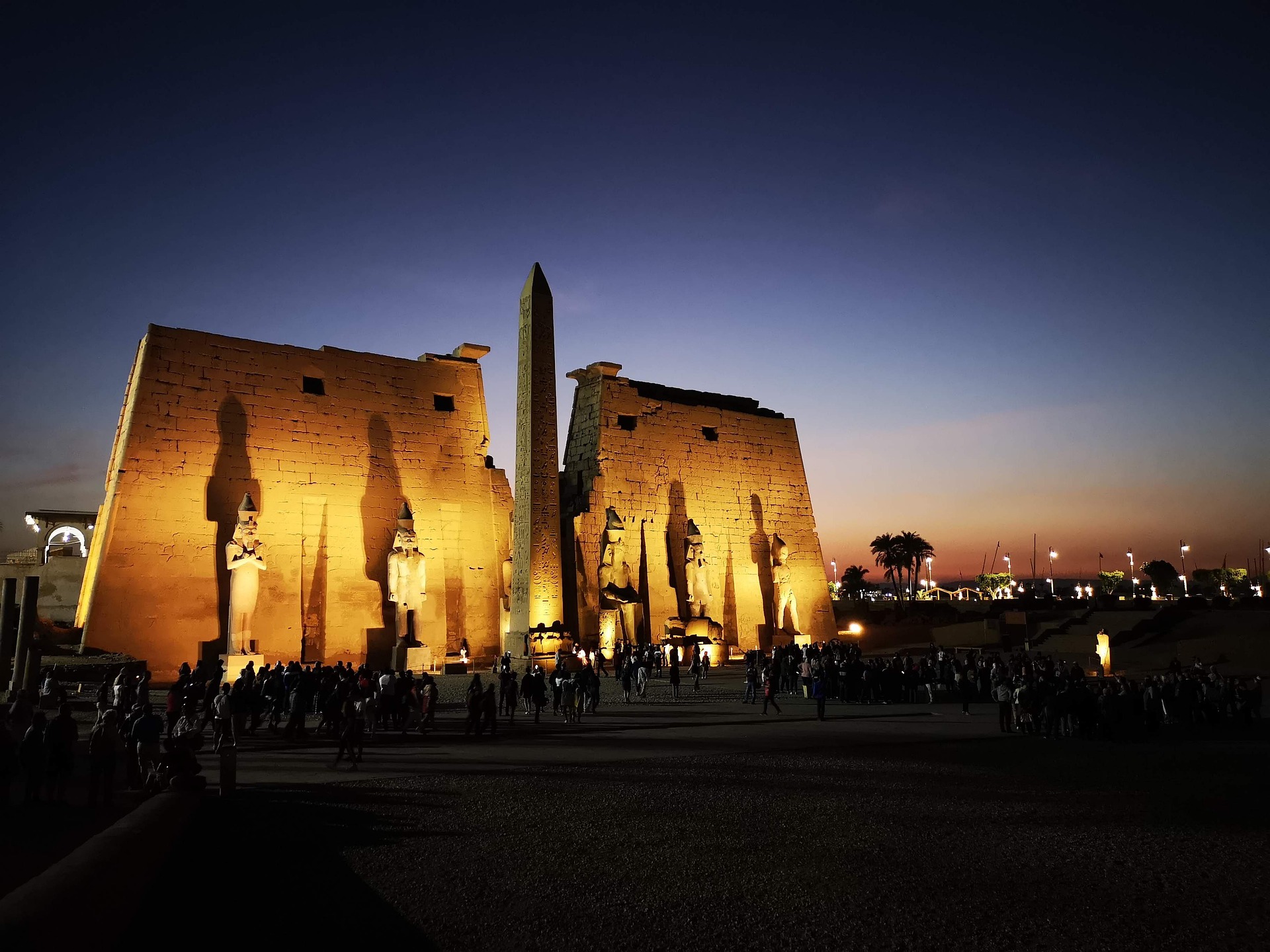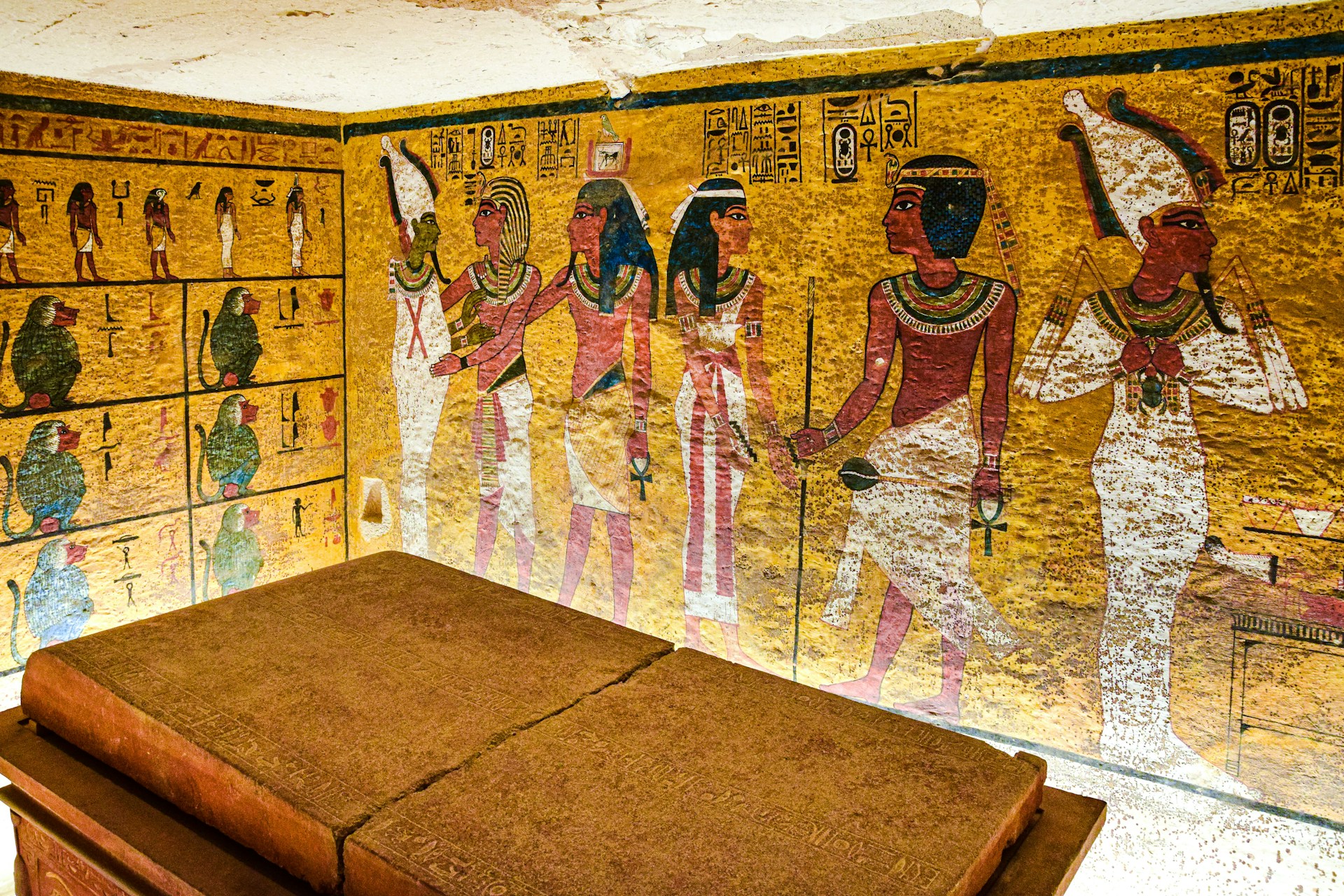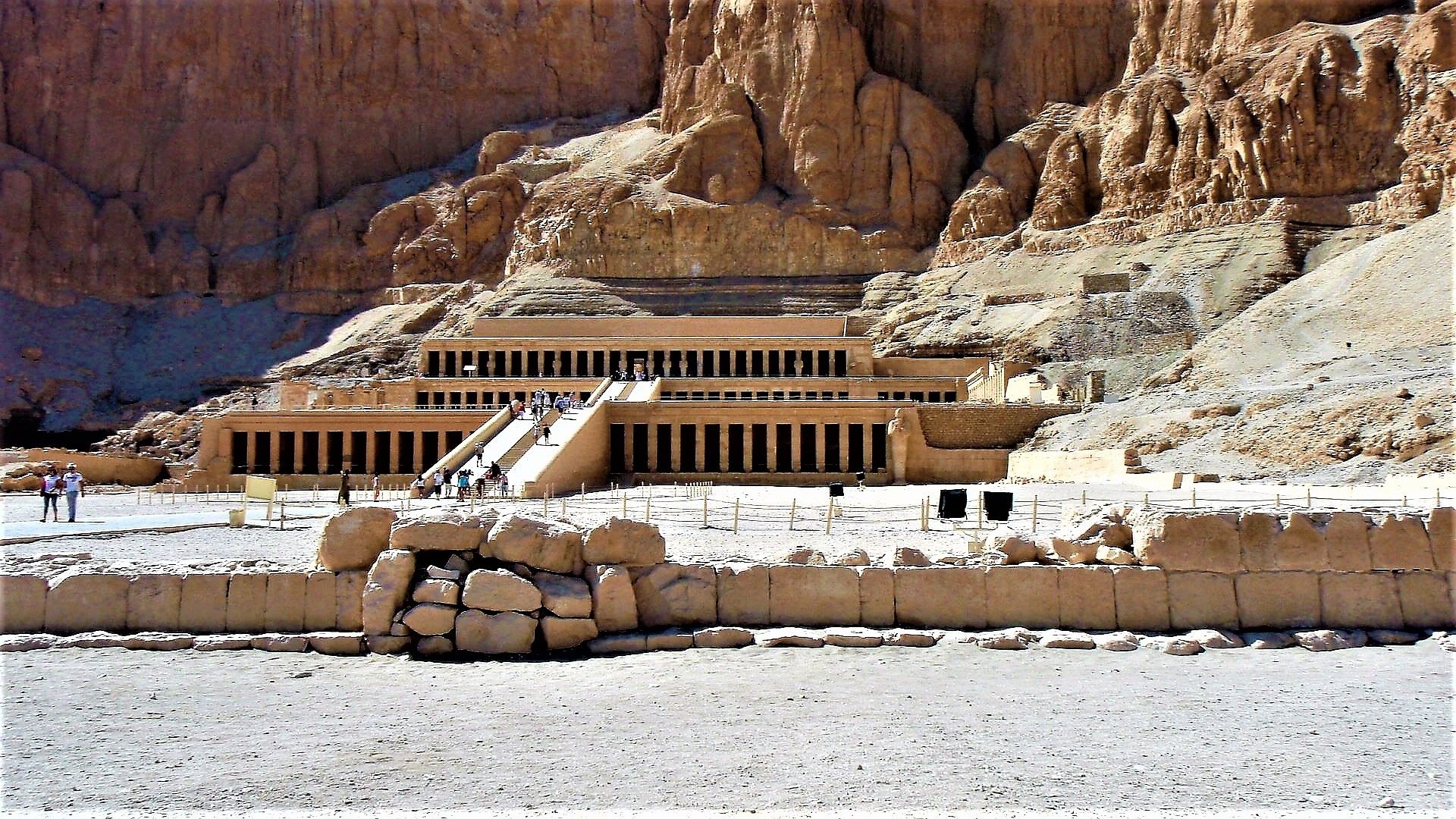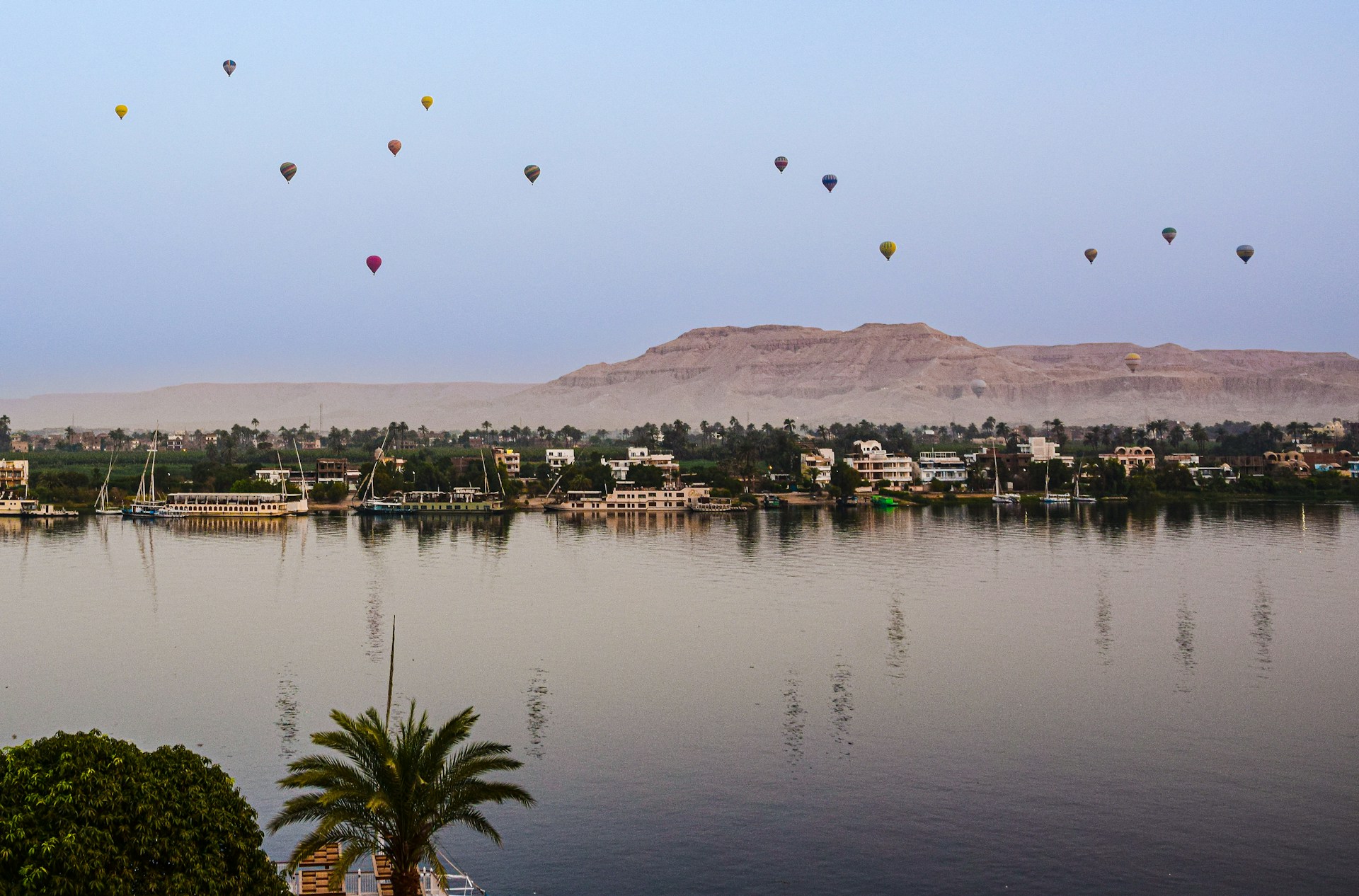Culture & Travel
15 October 2024The magnificent country of Egypt, home to traces of ancient civilizations, has become a popular destination for many seeking the advantage of visa-free travel. But have you ever visited Luxor City, located in the heart of Egypt, which is almost like an open-air museum? For those who haven’t, we’ve created a wonderful guide to help you get to know this unique city up close.
Luxor City: Egypt's Capital of History
Located in southern Egypt and spread across both banks of the Nile River, Luxor was known as Thebes in ancient times and was one of the most important capitals of Ancient Egypt. As you explore the city today, you'll understand why we call Luxor an open-air museum, and you'll surely agree with us when you witness some of the largest and best-preserved ancient structures in the world.
Must-See Places in Luxor
1. Karnak Temple

One of the largest temple complexes in the world, Karnak Temple was the most important religious center in Ancient Egypt. With its stunning columns, colossal statues, and impressive courtyards, Karnak takes its visitors on a journey deep into history. Here, you can see the largest columned hall of the ancient world and gain a better understanding of the pharaohs' relationship with the gods. We also recommend visiting the temple at night, as the light and sound shows give it a mystical atmosphere.
2. Luxor Temple

Situated along the banks of the Nile, Luxor Temple offers a breathtaking view, especially at sunset. This ancient structure, bearing the marks of Ramses II and Amenhotep III, showcases the grandeur of Egypt’s glorious past. As you walk through the temple, you can follow the Avenue of Sphinxes, lined with sphinx statues, and admire the massive statues and reliefs within the temple. The temple, which has traces of various civilizations throughout its long history, houses not only remnants from Ancient Egypt but also Roman and Islamic periods.
3. Valley of the Kings

One of the must-see places when visiting Luxor City is the Valley of the Kings, home to the tombs of Egypt's famous pharaohs. Among these tombs, the most renowned is undoubtedly that of Tutankhamun. These tombs, each filled with the personal treasures of the pharaohs, offer a gateway into the mysterious world of Ancient Egypt.
4. Valley of the Queens

Of course, where there’s a Valley of the Kings, there’s also a Valley of the Queens! This site, where the tombs of the pharaohs' wives and children are located, is one of Luxor's most visited spots. While exploring famous tombs like that of Nefertari, you’ll have the chance to gain a deeper understanding of the role and significance of women in Ancient Egypt.
5. Hatshepsut Temple

Built in honor of Hatshepsut, one of the most powerful women in Egyptian history, this temple is one of the finest examples of Ancient Egyptian architecture. Carved into the cliffs at Deir el-Bahari, every detail of this majestic temple was designed to reflect Hatshepsut's wealth and power.
6. Ramesseum
Constructed by Ramses II, this massive temple complex was built to celebrate the pharaoh's immortality. With its towering columns, exquisite reliefs, and grand statues of Ramses, the Ramesseum captivates visitors, standing as an important testament to the power of the pharaohs and the grandeur of Ancient Egyptian civilization.
7. Colossi of Memnon

We’ve saved one of the most impressive sights for last. The colossal statues of Memnon, each standing about 18 meters tall, represent the seated figure of Amenhotep III. According to ancient legends, one of these statues would emit sound with the morning sun, sparking great curiosity in ancient times. Today, these statues continue to fascinate visitors and have become one of Luxor's most iconic symbols.
Visa-Free Travel and the Charm of Luxor
For Turkish citizens, Egypt is one of the easiest places to visit, thanks to the visa-free travel advantage, allowing you to effortlessly experience the enchanting atmosphere of Luxor. We’ve only touched on its historical richness, but you’ll also witness unique natural beauty along the Nile River during your time in Luxor.
When to Visit Luxor City
The best time to visit Luxor is between October and April. During this period, the weather is milder and ideal for outdoor activities. Summer temperatures can exceed 40 degrees Celsius, so it’s important to keep the desert climate in mind. Especially when visiting the Valley of the Kings and the temples, wearing comfortable clothing and using a hat and sunscreen will be helpful.
Travel Tips for Luxor
• Sunscreen and a hat: Luxor experiences hot and sunny weather most of the year, so it’s essential to protect yourself from the sun during outdoor activities.
• Local guide: Hiring a local guide can be very beneficial for a deeper understanding of the ancient structures and their history. Keep in mind that many of the sites are filled with mysterious and complex symbols.
• Visit early: Temples and open-air museums are quieter in the early morning, so planning your visits during these hours can help you avoid crowds.
• Learn to bargain: Bargaining is part of the culture in Luxor, especially when buying souvenirs or shopping in markets. Be patient and don’t hesitate to negotiate prices.
The Ancient Land of Luxor Awaits You
Luxor City is a unique destination for travelers looking to explore Egypt’s cultural and historical heritage. The visa-free travel option also makes it easier for Turkish visitors to experience this mystical city.
We highly recommend adding Luxor to your itinerary if you want to witness the grandeur of Ancient Egypt up close, follow the traces left by the pharaohs, and immerse yourself in the pages of history.




